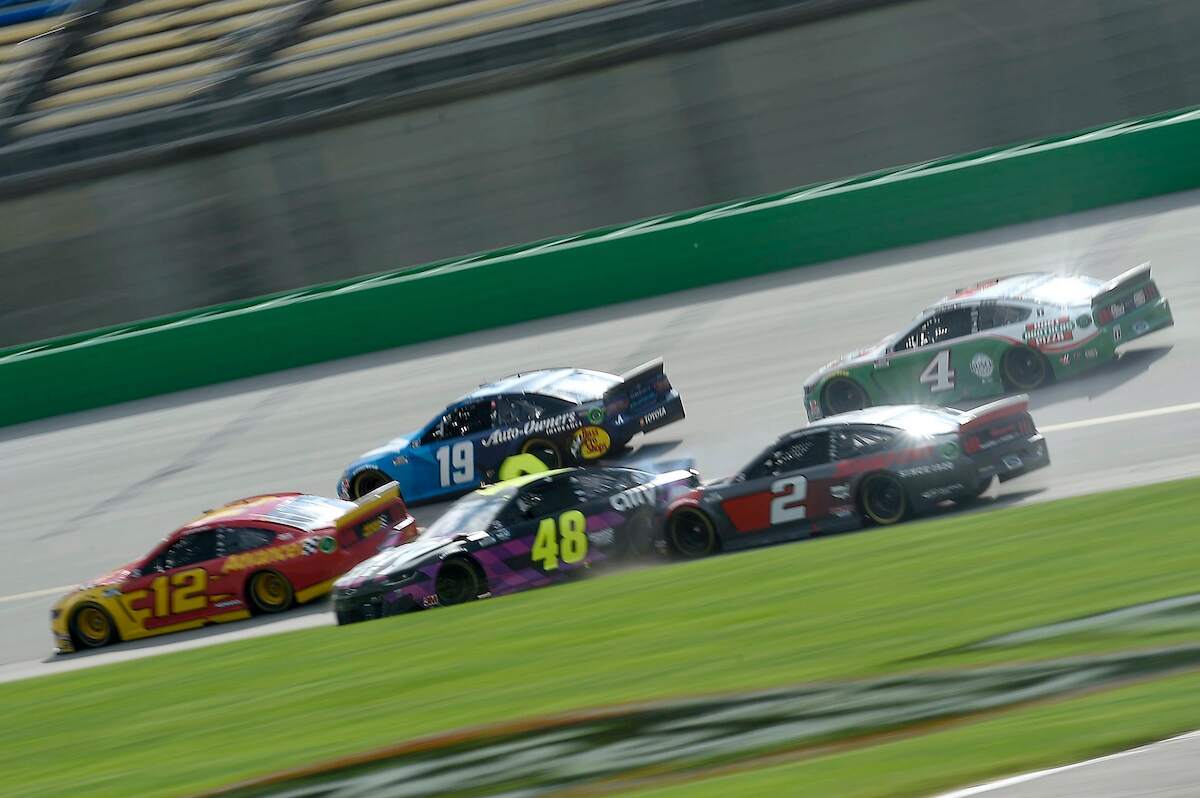NASCAR
Why Do NASCAR Races Only Turn Left?

If you’re a NASCAR fan, you’ve probably heard the comment that stock car races are nothing more than turning left for three hours straight. While that overlooks a great deal of the finesse and strategy involved in motorsports, it does raise a valid question: Why do NASCAR races only include left turns?
A brief history of NASCAR
These days, NASCAR is a big business. You only need to watch the Daytona 500 to understand that reality. However, in the early days of stock car racing, things were quite a bit different.
NASCAR arose from Prohibition, during which bootleggers would modify their cars to outrun authorities. Those vehicles weren’t just good for transporting illicit alcohol, though; when their owners gathered at local race tracks to see who had the fastest car and the most skill behind the wheel, they also proved quite the attraction.
In the 1940s, it was time to take the sport to the next level. NASCAR, as we now know it, was born at Daytona Beach’s Streamline Hotel in 1947. Two years later, the first version of what’s now known as the NASCAR Cup Series took place.
From there, NASCAR simply got bigger and bigger. While things are a bit different now than they were during the days of Prohibition, everything boils down to the same reality: putting talented drivers behind the wheel of souped-up cars and seeing who can make it to the finish line first.
Left turns have become somewhat of a motorsports joke
While NASCAR is pretty popular, it’s not everyone’s cup of tea. That reality, whether it’s fair or not, has spawned plenty of jokes about left turns.
While some road courses feature a variety of turns, the stereotypical stock car race takes place at a massive, oval-shaped speedway. That means the drivers only turn left as they complete hundreds of laps around the track.
Since NASCAR drivers don’t seem like they’re doing anything conventionally athletic — just about everyone has driven a car before — the Internet is chock full of jokes about racing being little more than three hours of left turns. Beyond those quips, though, there’s a legitimate question: Why do (most) NASCAR race tracks only turn left?
Why do NASCAR races always turn left?
As mentioned above, NASCAR as we know it began in 20th century America. However, the origins of racing’s left turns may date back much further than that.
In an old post that’s still live on ESPN, various experts provided their perspectives on the history of counterclockwise racing. While there are a few twists and turns in the story, the general hypothesis contends that in England, some horse races run in a clockwise oval. When the United States broke away from the British, their races started running in the opposite direction. Over time, auto races followed suit and primarily made left turns.
That said, there are some other theories as to why left turns became the default in stock car racing. Some suggest that moving counterclockwise works better for the human body; others have cited safety concerns, as making left turns keep drivers away from the wall as much as possible.
At this point, though, left turns are simply part of the NASCAR experience.











